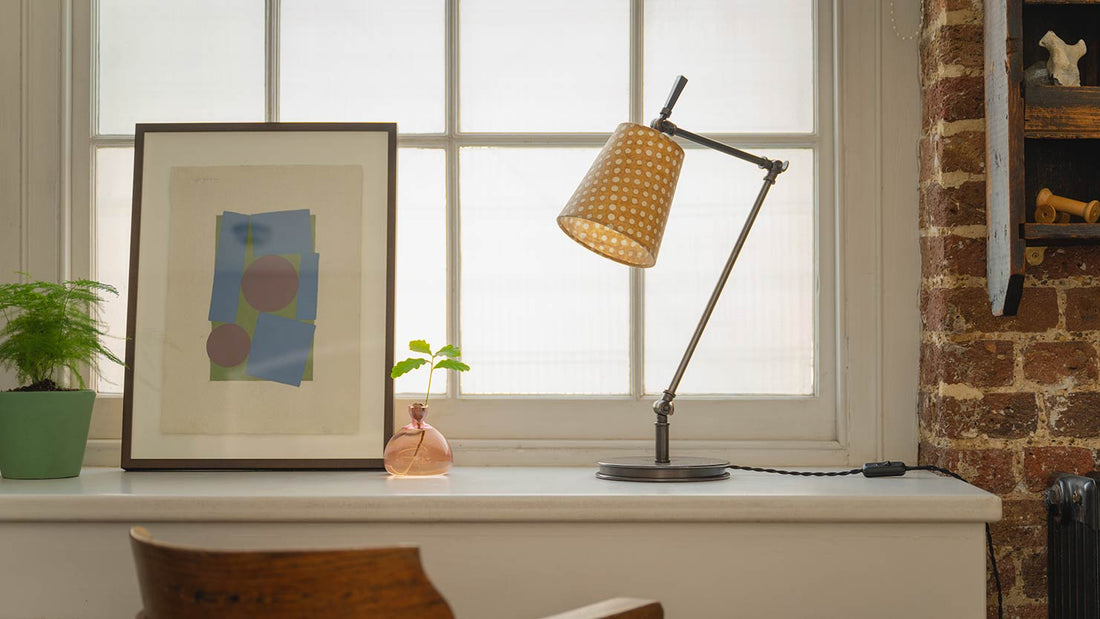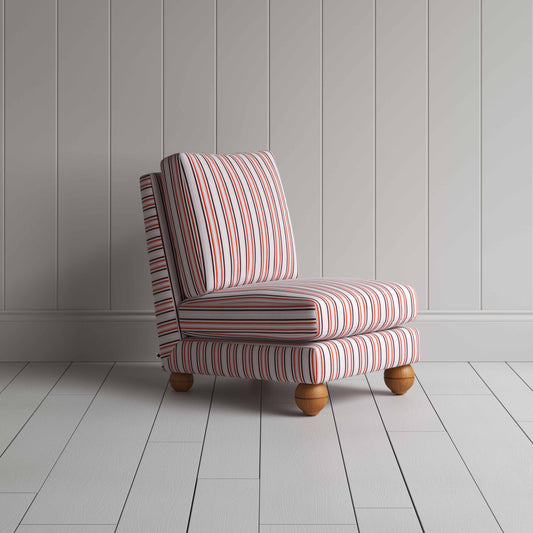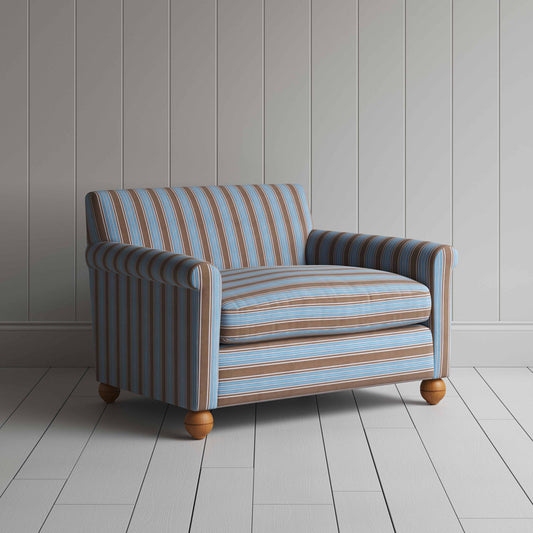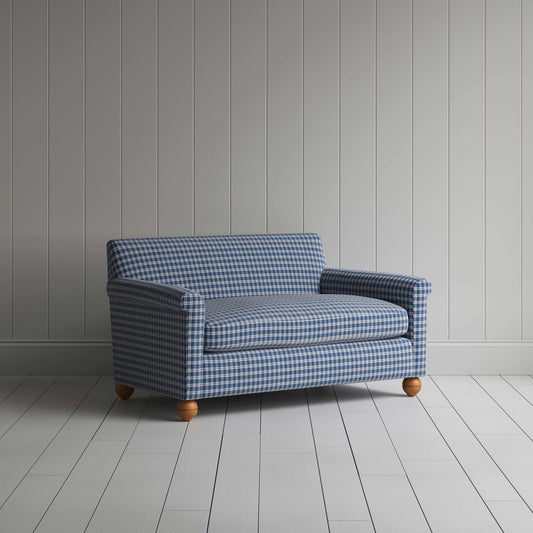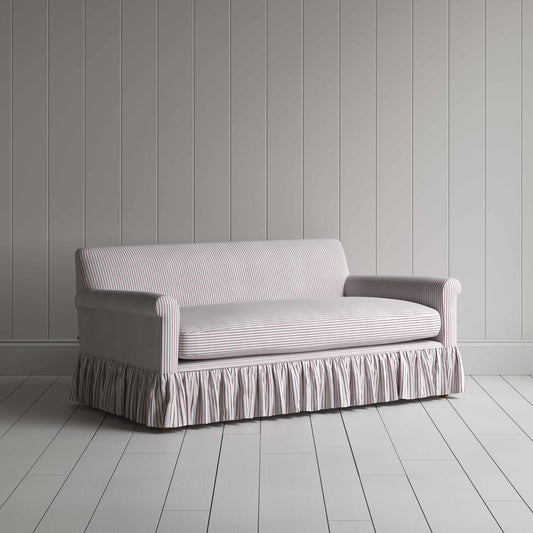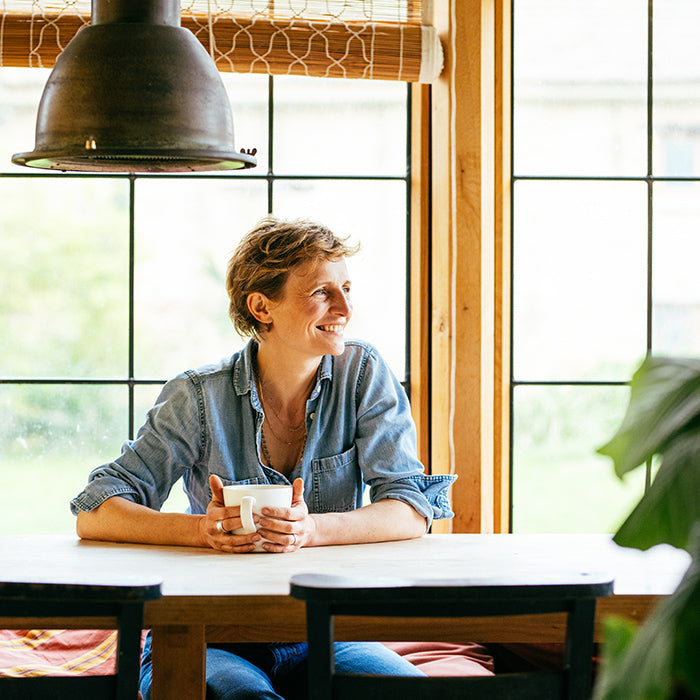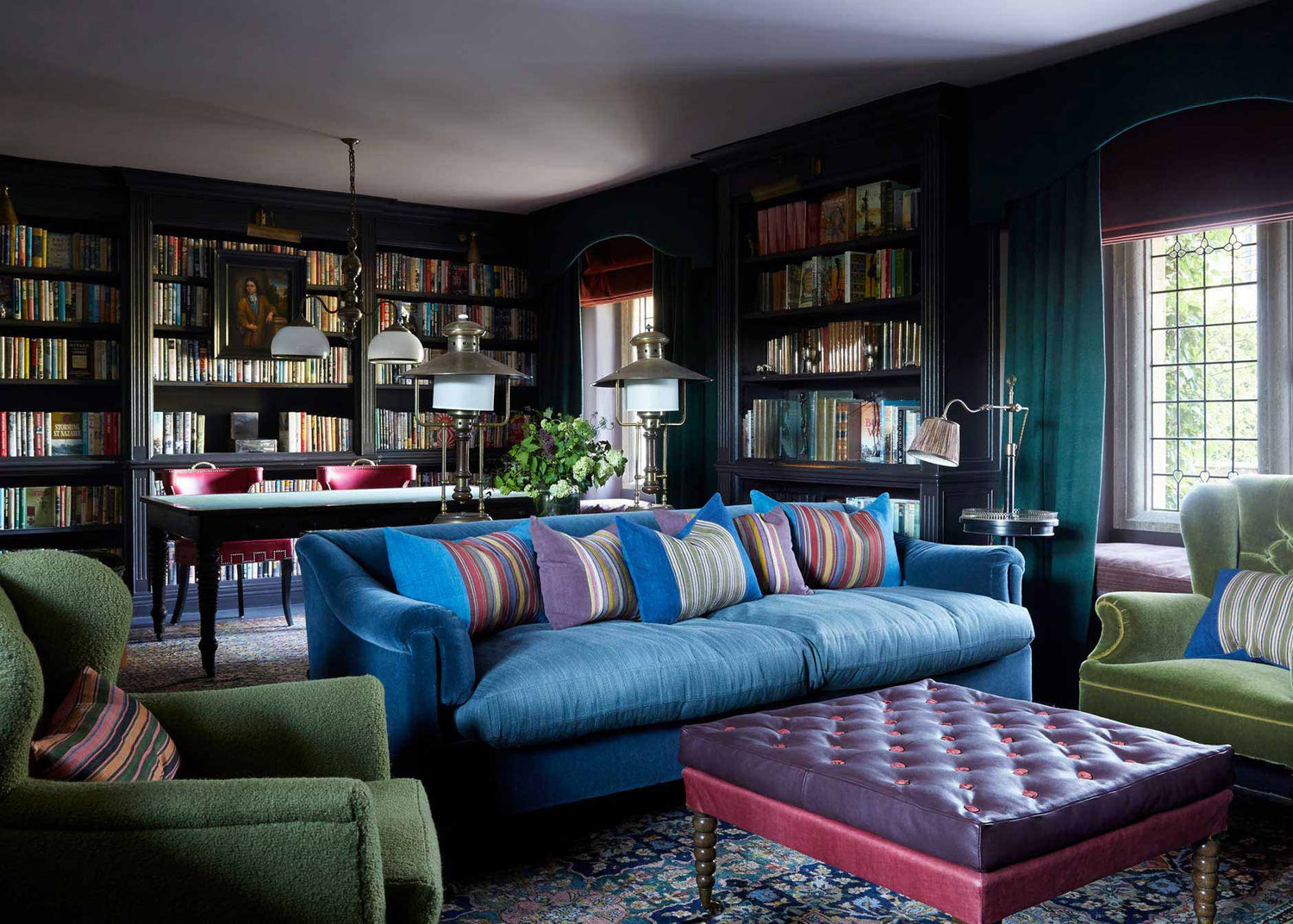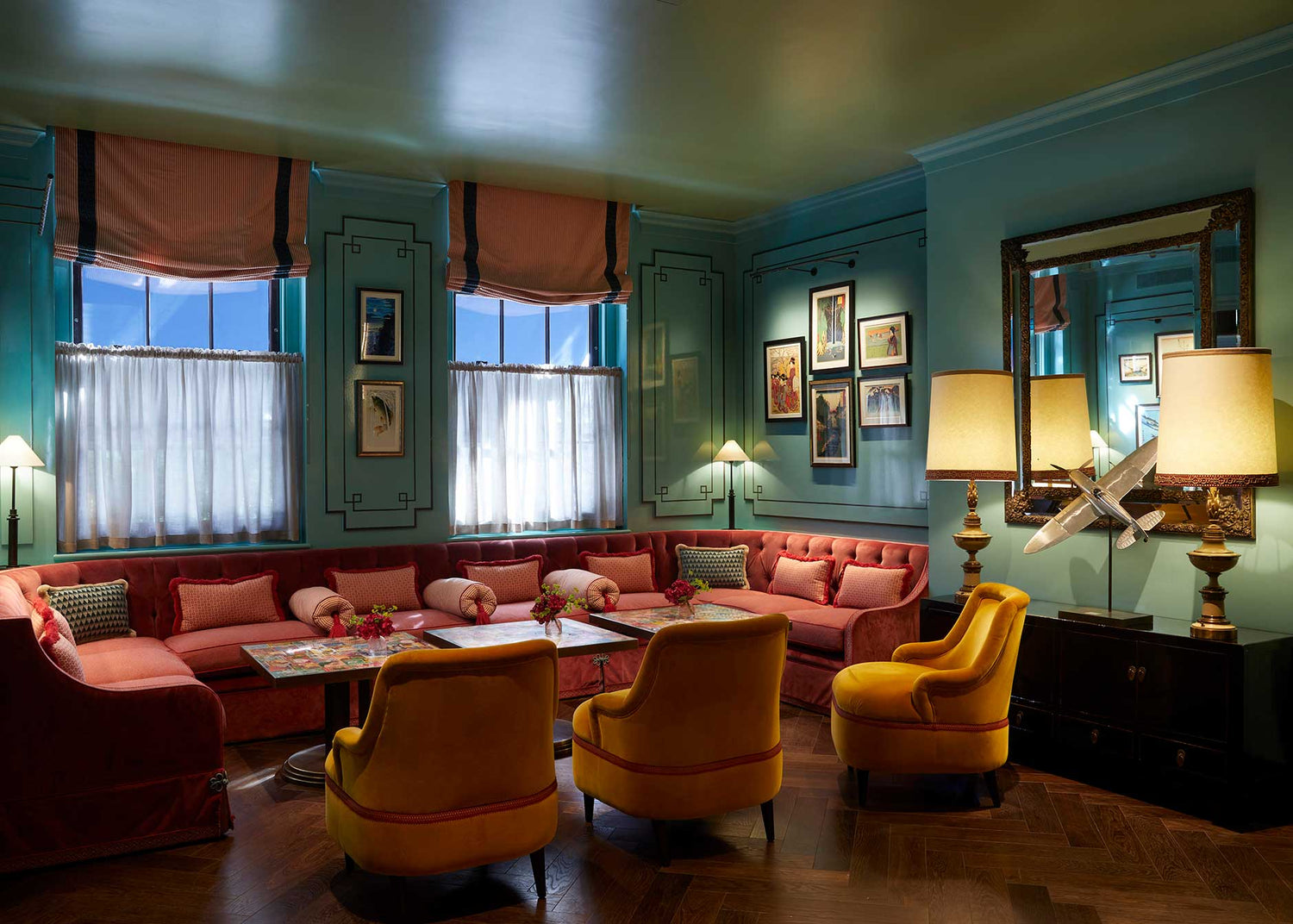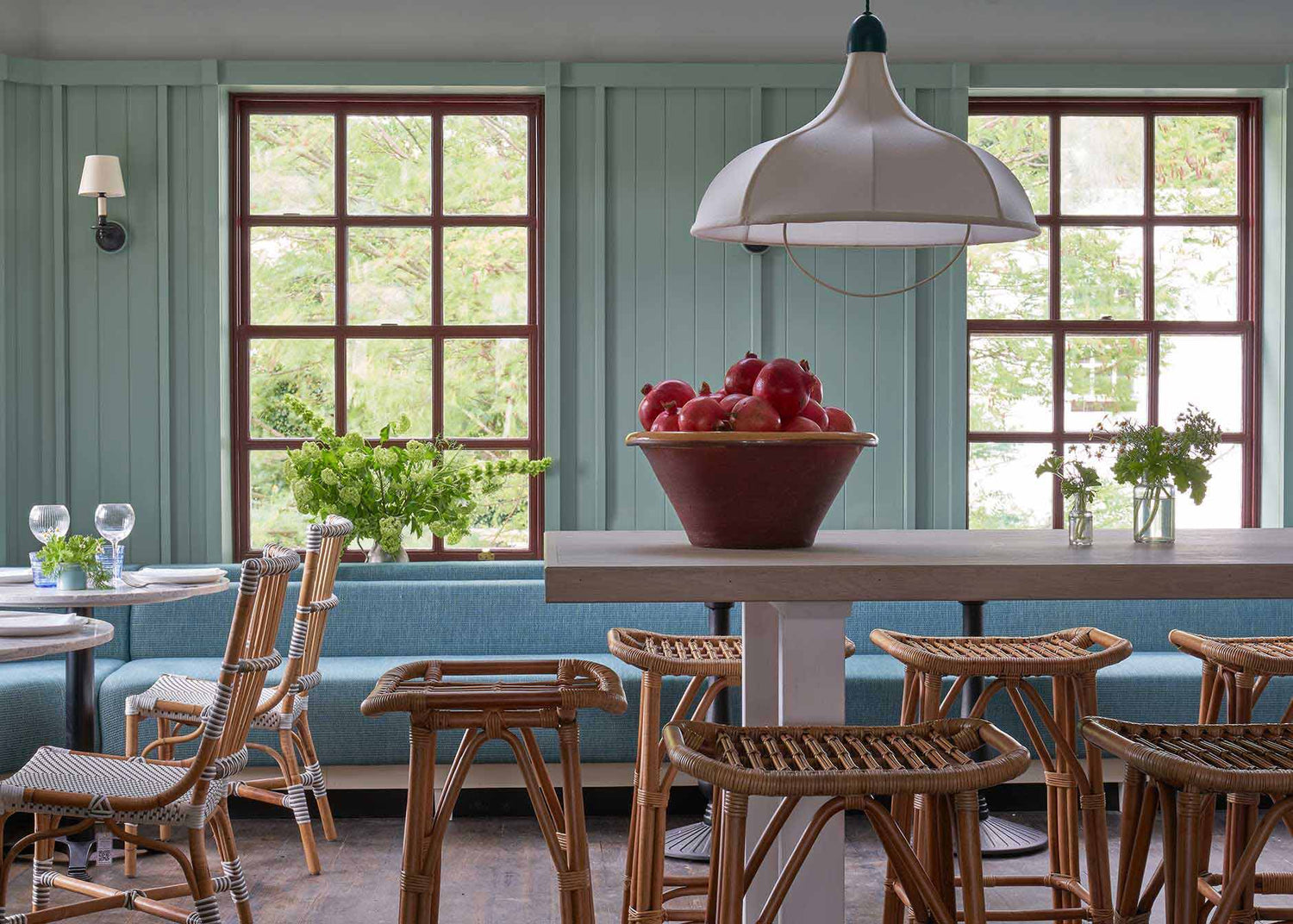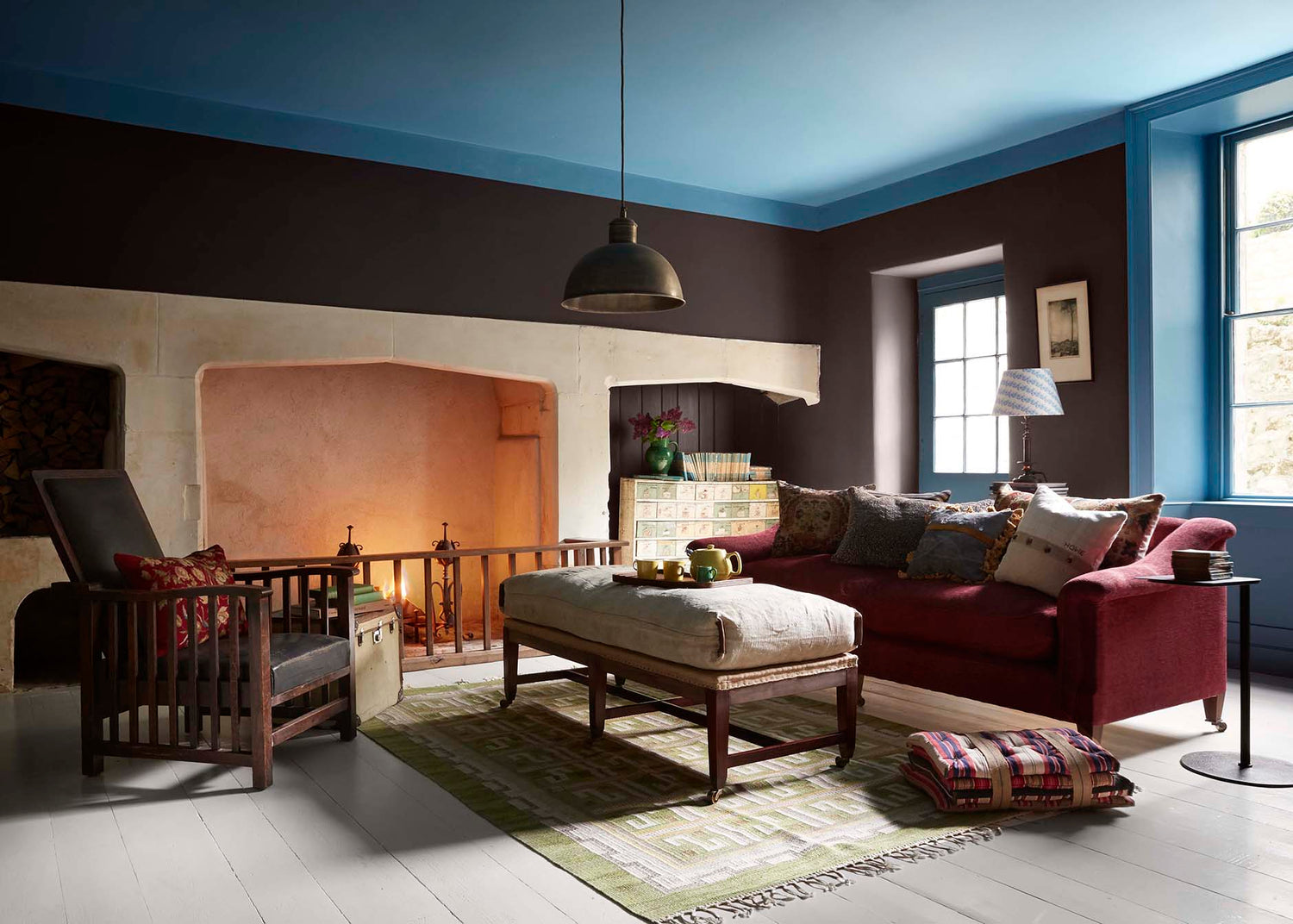As an interior designer based in the UK, where it can often feel dark for much of the year, I believe that lighting is one of the most important aspects of any space. It can make or break a room, set the mood, and even affect our health and well-being. In this article, I’ll be discussing how just a few changes in lighting can transform a room and I’ll share my tips and tricks for creating the perfect lighting scheme.
The Importance of Lighting
Before we get started, it's important to understand why lighting is so important. Lighting can affect everything from our mood to our productivity, and it's often an overlooked aspect of interior design. A poorly lit room can feel dull and uninspiring, while a well-lit room can make us feel energised and focused.
There are three main types of lighting: ambient, task and accent. Ambient lighting is the general lighting in a room and is often provided by overhead lights. Task lighting is used for specific tasks, such as reading or cooking, and is usually provided by lamps or under-cabinet lighting. Accent lighting is used to highlight specific features in a room, such as artworks or architectural details.
Creating a Lighting Plan
The first step in creating the perfect lighting scheme is to design a lighting plan. This involves deciding what types of lighting you need in each area of the room and choosing the right fixtures to achieve it.
Start by considering the function of the room. If it's a living room, you'll need ambient lighting for general use, as well as task lighting for reading and accent lighting to highlight artworks or architectural details. In a kitchen, you'll need bright task lighting for cooking and food prep, as well as ambient lighting for dining and entertaining.
Once you've determined what type of lighting you need, it's time to choose the fixtures. The style of the fixtures should complement the overall design of the room, but it's also important to consider the function of the fixtures. For example, a pendant light over a dining table should provide enough light for dining, but also be low enough to create an intimate atmosphere.
Layering Your Lighting
Once you've chosen your fixtures, it's time to start layering your lighting. This involves using different types of lighting to create a balanced and functional scheme.
Start with ambient lighting. This should be the primary source of light in the room and should be bright enough to provide general illumination. Overhead lights, such as chandeliers or ceiling fixtures, are a great option for ambient lighting.
Next, add task lighting. This should be used to provide focused lighting for specific tasks, such as reading or cooking. Table lamps, floor lamps and under-cabinet lighting are all great options for task lighting.
Finally, add accent lighting. This should be used to highlight specific features in the room, such as artworks or architectural details. Wall sconces, picture lights, and track lighting are all great options for accent lighting.
Using Dimmers
One of the easiest ways to transform a room with lighting is to install dimmer switches. Dimmers allow you to adjust the brightness of your lights, which can completely change the mood of a room.
In a living room, for example, you might want bright lighting for entertaining, but a softer, more intimate lighting scheme for watching a movie. Dimmer switches allow you to easily switch between these two lighting schemes.
Within a room, it’s worth having lights on several circuits and all on dimmers. This allows you to alter the mood of the space by having some lights turned up brighter than others, which creates depth and drama. For example, you might want a picture light turned on full but wall lights dimmed, giving the artwork dramatic prominence and creating a soft glow in the rest of the room.
Choosing the Right Bulbs
Choosing the right bulbs is another important aspect of creating the perfect lighting scheme. There are three main types of bulbs: incandescent, fluorescent and LED. Incandescent bulbs are the most traditional, but they're also the least energy efficient. Fluorescent bulbs are more energy efficient, but they can be harsh and unflattering.
LED bulbs are the most energy-efficient option and are now available in styles that mimic classic incandescent bulbs. They look great paired with traditional fixtures and also help reduce your home’s energy consumption. Look out for the colour temperature when choosing LEDs, as this is important when setting the mood within a space. Use warm-white LEDs to create a subtle, homely atmosphere or cool-white bulbs for a fresh and modern feel.
Get Creative with Colour and Pattern
Lamp bases and lampshades are a brilliant way of enhancing the colour scheme within a room. They enable you to add and balance colour, bold or otherwise. I also love using fabric lampshades to add pattern and personality to an interior.
For the NiX lighting collection, I included one of my favourite designs called ‘dotty batik’ because it brings a subtle texture and playfulness that adds depth and interest to a scheme. The handmade nature of the batik has a beautiful irregularity that lends it a particular softness. The ochre colourway feels natural and very calm and elegant; it would work well in a more formal setting such as a living room or master bedroom. The pink and blue options are livelier and will work well in informal settings such as a kitchen, playroom or children’s bedroom.

Using Materials for Maximum Impact
I have always been drawn to ceramics. I love the depth of colour and the way they catch the light. In particular, glazed ceramic lamp bases are a wonderful way to add colourful accents. They don’t have to be bright; for example, deep chocolate or chic caramel are perfect in some settings, whereas ox-blood red or peacock blue would be right in others.
Ceramic is also really versatile, working in both the smartest and most relaxed rooms in the house. I have used ceramic lamps in formal drawing rooms as well as ‘back-of-house’ areas such as utility rooms.
Our bronze light fittings are supremely elegant and the colour will work in any setting. Because it is a ‘live’ finish with a natural patina there is a real beauty and softness to it that is missing from static finishes that are sealed with a lacquer.
Bronze is great when you need something discrete that is not going to make a colour statement of its own. If you want to add a splash of colour you can choose a coloured shade or opt for something more subtle like a plain shade with a coloured stitch or trim.
Lampshades add Visual Depth and Personality
Lampshades are usually one of the final design elements I think about – along with cushions – once the paint colours, wallpaper and fabric are all settled on. They allow me to add whatever colour or feeling is missing; perhaps a punch of something bold or a gentle filler that quietly balances out the other pieces in the room.
If the scheme feels a bit flat I might add a statement shade with a strongly coloured lamp base. If the room is already quite busy, or if the objective is to create a soft mood, then I would choose a simply coloured base and shade. This could be a metal lamp base and a plain shade with some subtle detailing to elevate it, such as a stitched edge or silk trim.
For our plain lamp shades, I chose colours that are beautiful and easy to fit into a myriad of different colour schemes. They are also colours that emit a particularly attractive glow when light shines through them. We used a high-quality parchment card that’s smooth to the touch and produces a charming sense of movement when light shines through it. This adds depth and elegance to any scheme.
Transform Your Space with Light
The first thing I am moved to do when I enter a room is to play with the lighting. In this way, within two minutes you can completely transform how a space feels. I generally turn off any spots or pendants that are flooding the room with light and turn on all the lamps.
A room can almost always use more lamps, whether it’s something tucked away on a shelf or nestled in the corner of a worktop. A sad corner is instantly transformed by placing a lamp on a side table next to a chair. Lighting really is the magic sauce for creating a warm and welcoming sense of place and the NiX collection provides the ideal toolbox to help you get started.
